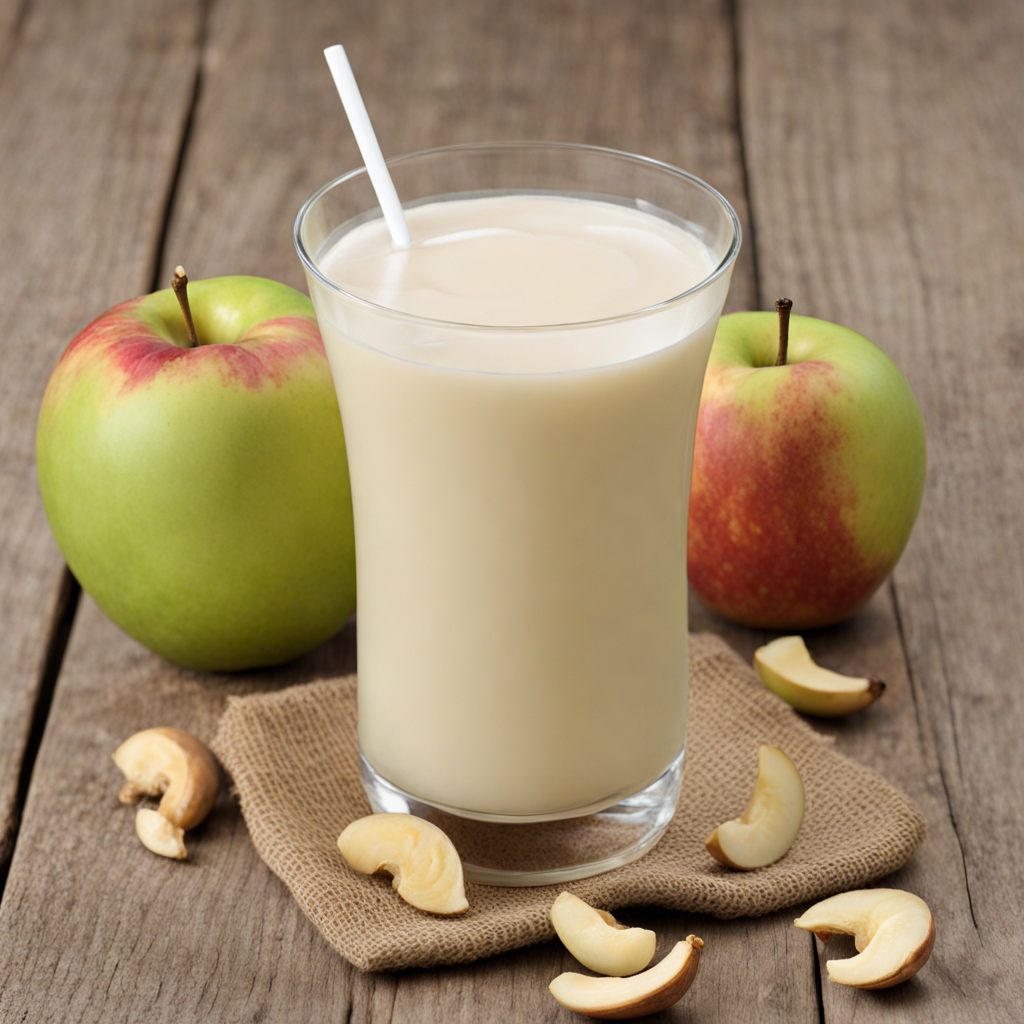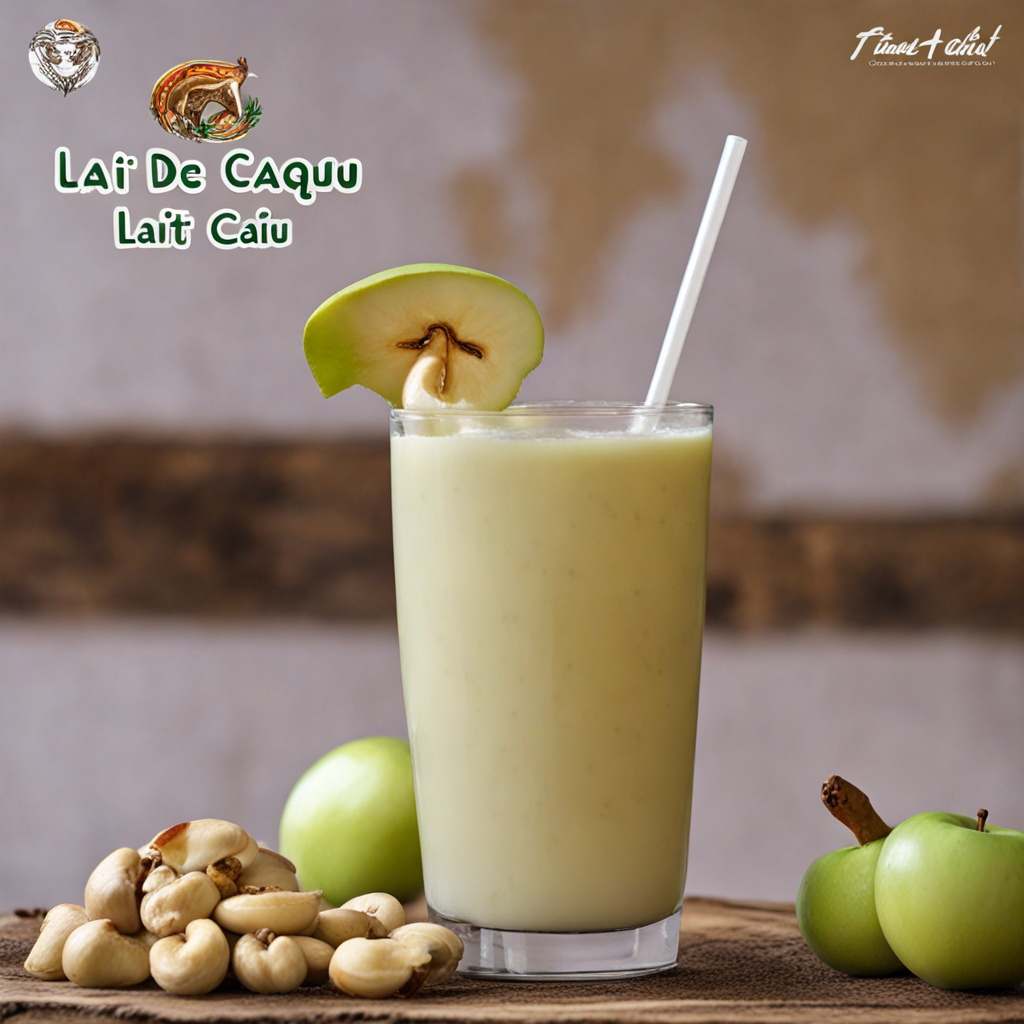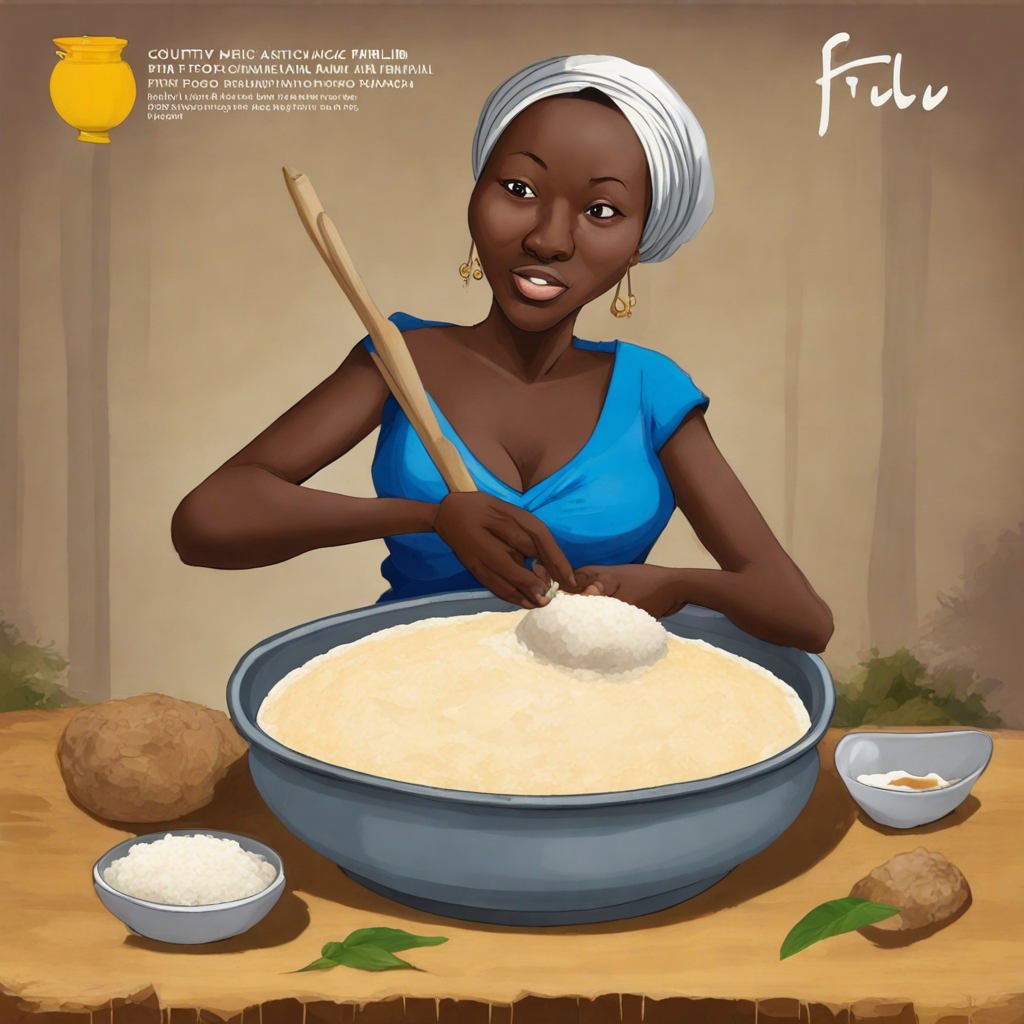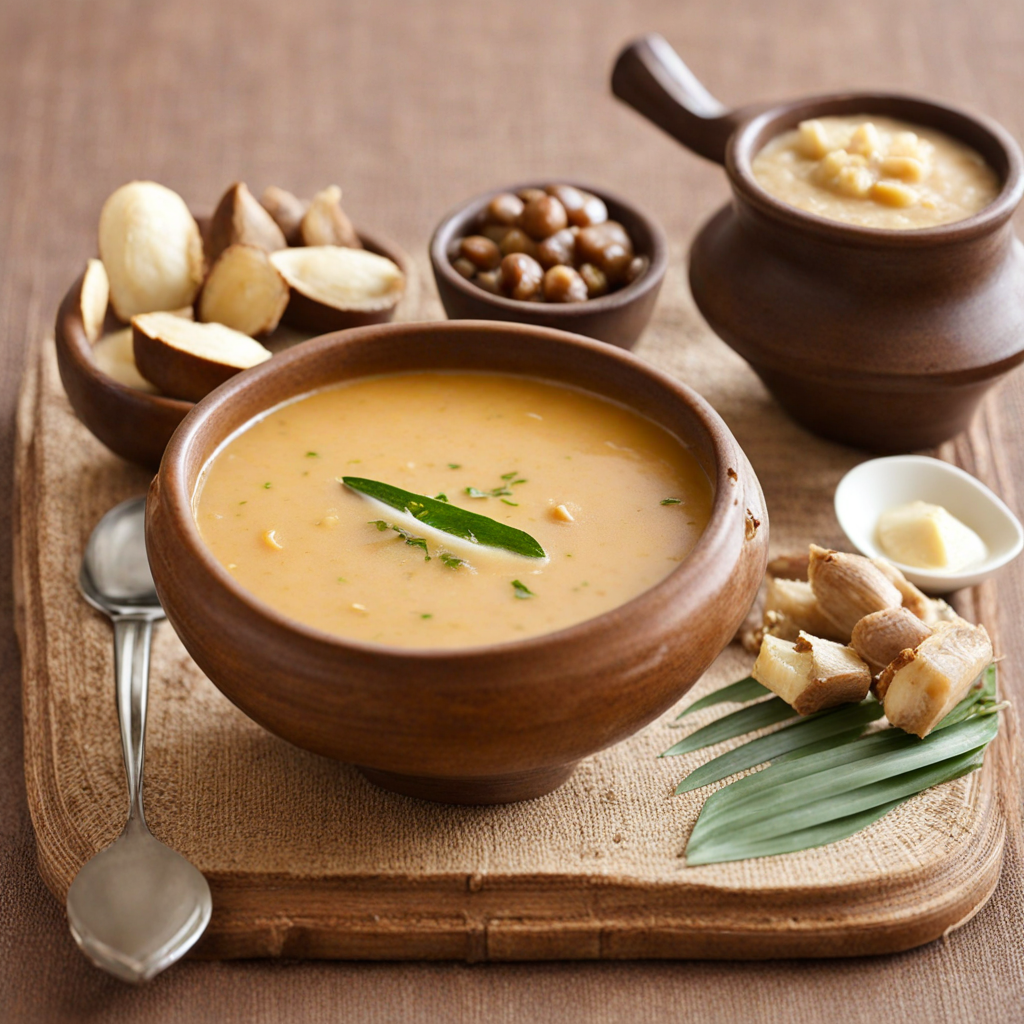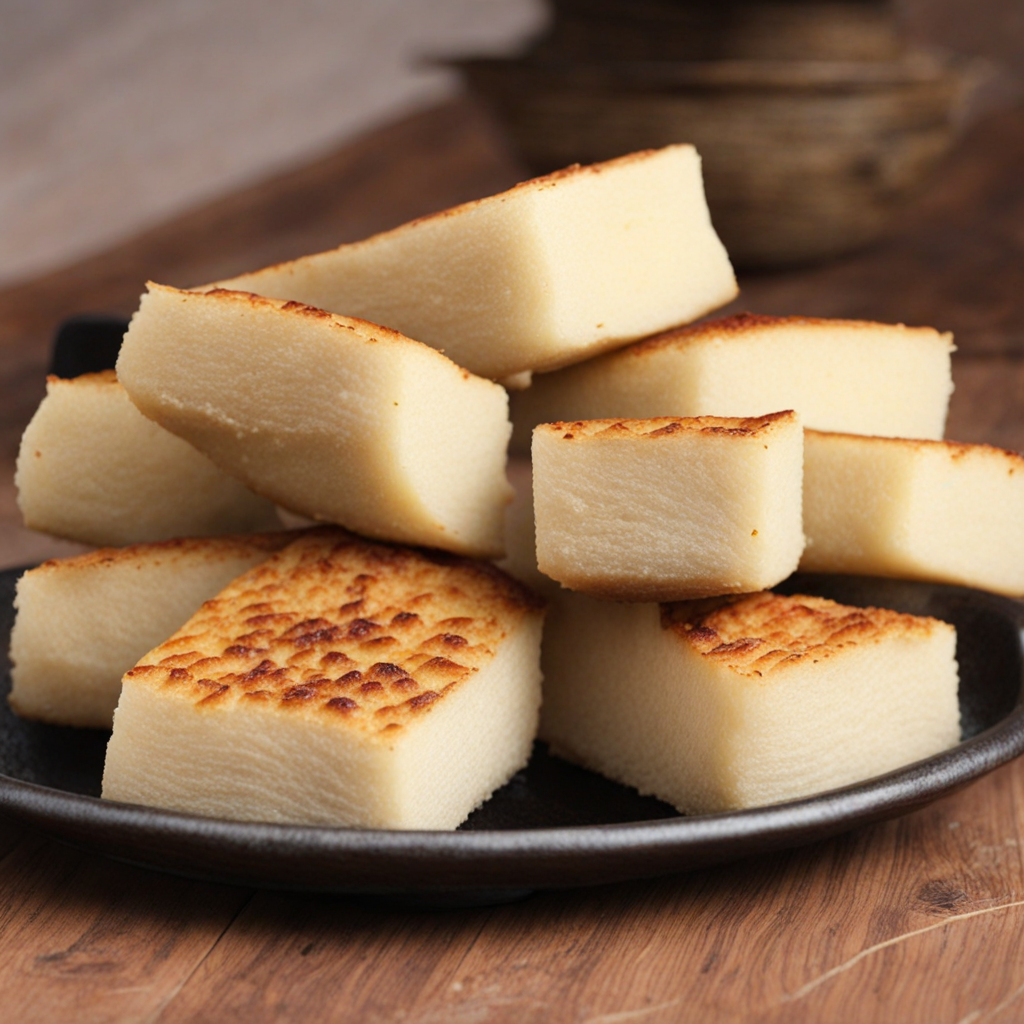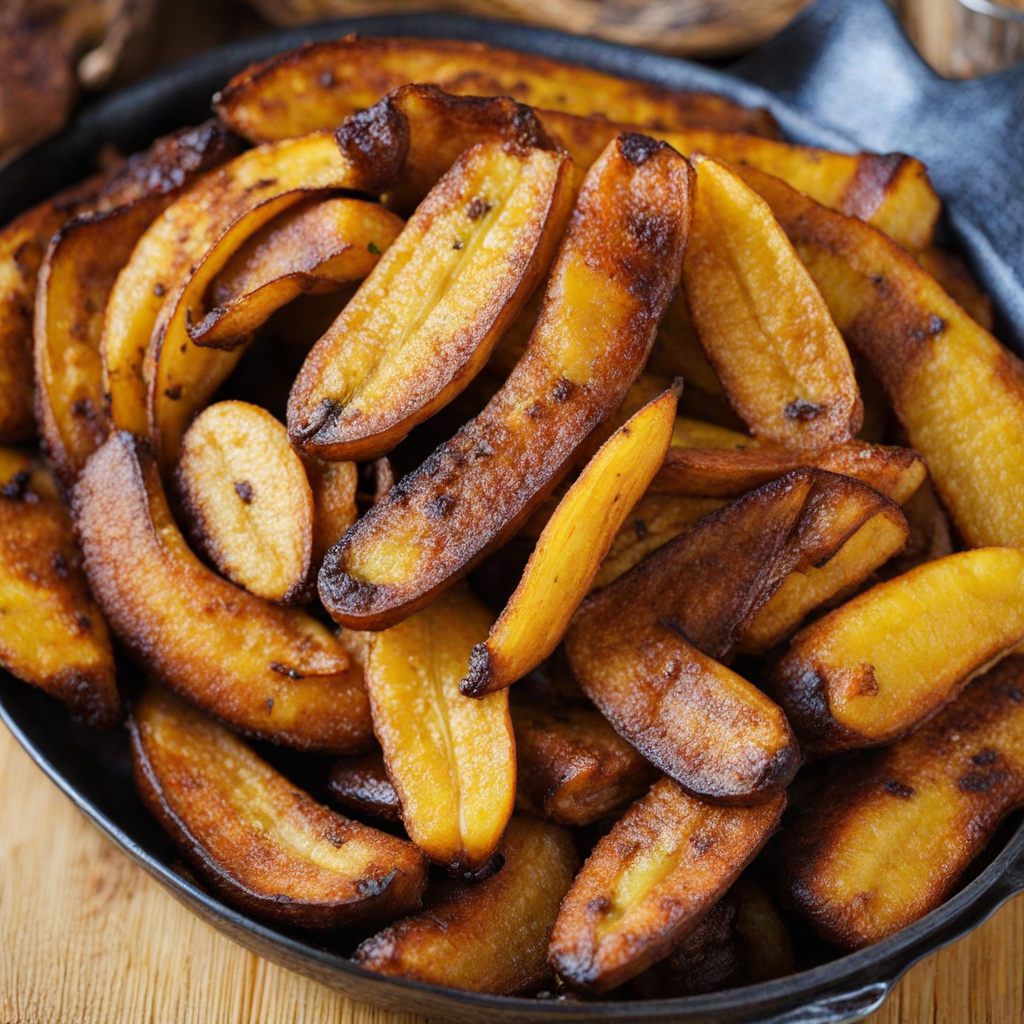Lait de Cajou
Lait de Cajou, or cashew milk, is a delightful beverage that captures the essence of the Central African Republic's rich agricultural heritage. This creamy, nut-based drink is made from soaking and blending raw cashew nuts with water, resulting in a smooth, slightly sweet, and nutty flavor profile that is both refreshing and satisfying. The milk is often enjoyed chilled, making it a perfect accompaniment to warm climates, and can be used in various recipes or simply sipped on its own. Its natural sweetness and light texture make it an ideal alternative to traditional dairy milk, appealing to those seeking plant-based options. In addition to its delicious taste, Lait de Cajou is packed with nutritional benefits. Cashews are a good source of healthy fats, vitamins, and minerals, particularly magnesium and copper, which are essential for maintaining overall health. The milk is also lactose-free, making it suitable for individuals with lactose intolerance or those looking to reduce their dairy consumption. The versatility of Lait de Cajou allows it to be incorporated into smoothies, coffee, or even used as a base for creamy soups and sauces, adding a unique twist to a variety of dishes. The preparation of Lait de Cajou can also be a cultural experience, as it often involves traditional methods passed down through generations. In the Central African Republic, families may gather to prepare this beloved drink, creating a sense of community and connection to their roots. Whether enjoyed at home or sampled in a local market, Lait de Cajou offers a unique taste of Central African culture, inviting adventurous eaters and beverage enthusiasts alike to explore the vibrant flavors of this region.
How It Became This Dish
Lait de Cajou: A Historical Journey Through the Central African Republic Lait de Cajou, or cashew milk, is a traditional beverage that holds a special place in the culinary landscape of the Central African Republic (CAR). This creamy, nutty drink is made from the cashew apple and its nut, and it reflects the rich agricultural practices, cultural heritage, and evolving culinary traditions of the region. To understand Lait de Cajou is to delve into the intertwined narratives of food, culture, and identity that define the Central African Republic. #### Origins and Agricultural Roots The cashew tree (Anacardium occidentale) is native to northeastern Brazil, but it has found a conducive environment in various tropical regions, including West and Central Africa. The introduction of the cashew tree to the Central African Republic can be traced back to colonial times. During the 19th and early 20th centuries, European colonists began to explore and exploit the region's agricultural potential, leading to the dissemination of various crops, including the cashew. In the CAR, the cashew tree flourishes in the warm, tropical climate, and both its fruit—the cashew apple—and its nut are utilized in local cuisine. The cashew apple, a pear-shaped, juicy fruit, is not just a byproduct of the nut; it is a nutritional powerhouse and a vital ingredient in many Central African dishes. Traditionally, the fruit is consumed fresh, fermented into beverages, or transformed into Lait de Cajou. #### Cultural Significance Lait de Cajou is more than just a beverage; it is a symbol of community, hospitality, and the interconnection between people and their land. In many Central African communities, preparing Lait de Cajou is often a communal activity. Families gather to harvest the cashew apples, which are then processed to make the milk. The process typically involves removing the cashew nut, blending the apple with water, and straining the mixture to produce a smooth, creamy liquid. This not only fosters a sense of community but also reinforces the importance of traditional agricultural practices. In many households, Lait de Cajou is served during special occasions, celebrations, and communal gatherings. It is often accompanied by traditional dishes, reinforcing the bond between food and social interaction. The beverage is valued not only for its taste but also for its nutritional benefits; it is rich in vitamins, minerals, and antioxidants. This makes it a staple, especially in times of scarcity when other food sources may be limited. #### Development Through Time As the Central African Republic navigated the complexities of colonial rule, independence, and modernity, so too did its culinary practices evolve. The late 20th century saw a shift in agricultural practices, with increased emphasis on cash crops and globalization influencing local diets. Traditional foods, including Lait de Cajou, began to compete with processed and imported alternatives. Urbanization and migration patterns led to changes in food consumption, with many young people moving to cities and adopting new dietary preferences. Despite these challenges, Lait de Cajou has persisted as a cherished beverage. In recent years, there has been a resurgence of interest in traditional foods and sustainability, driven by a growing appreciation for local ingredients and culinary heritage. This has sparked a renewed interest in Lait de Cajou, particularly among younger generations who are eager to connect with their roots and promote local agricultural practices. Furthermore, the rise of health consciousness globally has also contributed to the popularity of cashew milk as an alternative to dairy. As people around the world become more aware of dietary restrictions and the benefits of plant-based diets, Lait de Cajou has garnered attention beyond the borders of the Central African Republic. It has found its way into international markets, where it is celebrated not just for its taste but also for its health benefits. #### Modern Adaptations and Global Recognition The 21st century has ushered in new possibilities for Lait de Cajou. As the world becomes increasingly interconnected, traditional foods from the CAR are being recognized on a global scale. The narrative surrounding Lait de Cajou is evolving, as it is being embraced in culinary circles far beyond its home region. Chefs and food enthusiasts are experimenting with Lait de Cajou, incorporating it into various recipes—from smoothies and desserts to savory dishes. The versatility of this nut milk allows it to blend seamlessly into both traditional and modern cuisines. Its rich flavor profile and creamy texture make it an appealing substitute for dairy in vegan and plant-based diets. Moreover, the emphasis on sustainability and ethical sourcing in the global food movement resonates with the production of Lait de Cajou. As consumers become more mindful of their food choices, the story behind Lait de Cajou—rooted in local agriculture, community practices, and cultural heritage—becomes increasingly relevant and appealing. #### Conclusion: A Beverage with a Story Lait de Cajou embodies the essence of the Central African Republic's rich culinary heritage. It tells a story of resilience, community, and adaptation. From its origins in the fertile soils of the CAR to its emergence on the global culinary stage, Lait de Cajou is a testament to the enduring value of traditional foods in an ever-changing world. As we sip on this creamy beverage, we are not merely enjoying a delicious drink; we are partaking in a narrative that spans generations and connects us to the land and its people. Lait de Cajou is more than a beverage; it is a celebration of culture, history, and the timeless bond between people and their food. As it continues to evolve, one thing remains clear: Lait de Cajou will always hold a special place in the hearts and homes of those who cherish the flavors of the Central African Republic.
You may like
Discover local flavors from Central African Republic


